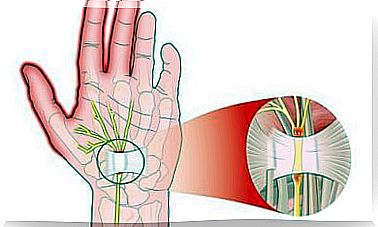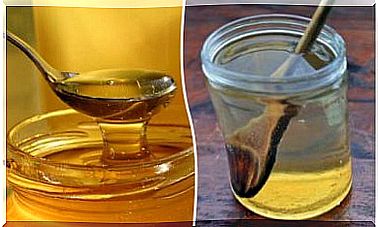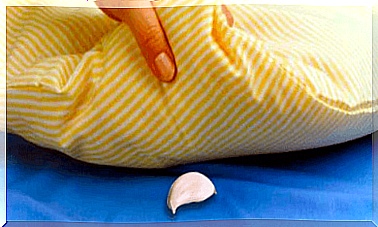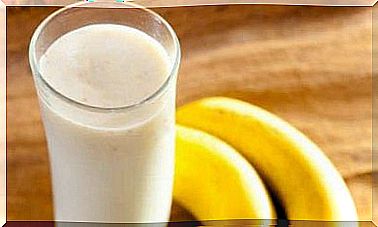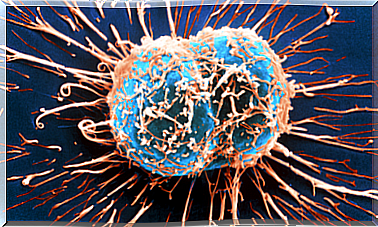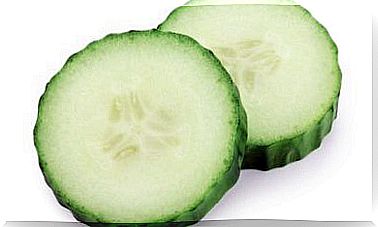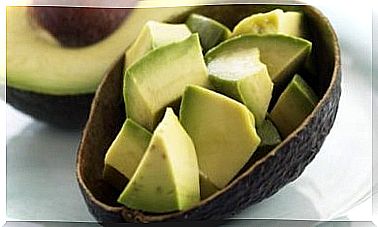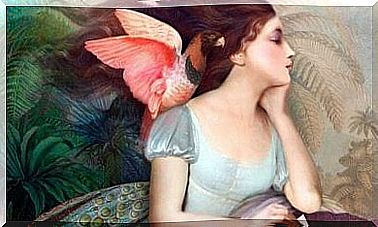What Is Cystic Acne?
Cystic acne is an aggressive variant of acne. It mainly occurs on the face, generating bumps on the skin that affect aesthetics. What are its causes and how to fight it?

Cystic acne is a form of acne pathology. Not all people who suffer from it are affected in the same way or suffer from it with the same intensity. Acne is a common disorder in the population. Consider that around 80% of people between the ages of 11 and 30 can suffer from it.
The age distribution of acne is clear, affecting the very young. Although the highest prevalence reaches age 30, most cases occur before age 20. Among the possible forms of acne, we will discuss cystic acne.
As we have explained, it is therefore an aggressive form with lesions that are much more visible than common acne. Cystic acne is considered when there are inflammatory bumps on the skin instead of small black dots. These bumps hurt and in their inflammation they stain the skin red.
The place most affected by cystic acne is the face. It causes deformations of facial features, affecting the psychological aspect of those who suffer from it. Also, it progresses with scarring, unlike common acne. In cystic acne, marks can remain on the skin as a result of the passage of inflammatory bumps.
Although the face is the usual place of appearance, there are also cases of cystic acne on the trunk. Lesions appear less frequently in the upper limbs.
Causes of cystic acne
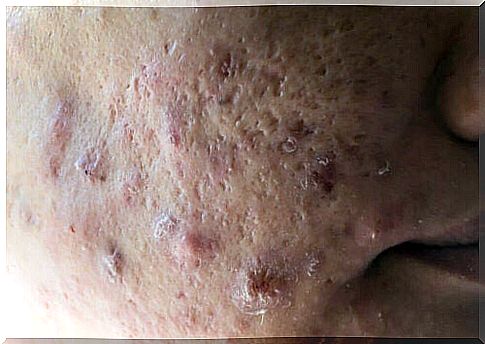
Cystic acne thus appears by the same mechanism as common acne. That is, the sebaceous glands in the skin become clogged and cannot remove their contents to the outside. The function of the sebaceous glands is to lubricate the skin with oil production and moisturize it.
If the ducts that expel fat to the outside are blocked, bacteria build up inside the gland. What determines the aggressiveness of cystic acne is the characteristic of bacteria that nest in the pores. In this case, the microorganisms are the generators of inflammation.
Cystic acne has also been linked to hormones. Testosterone plays an important role and therefore men are more affected than women.
In women, it has also been noted that menstrual cycles modify the course of cystic acne. It is for this reason that people with polycystic ovary syndrome are more at risk.
It is also known that women with PCOS tend to be obese. In obesity, there is more adipose tissue, which has the ability to convert female hormones into testosterone. The increase in testosterone in these women would explain its association with cystic acne.
Degrees and levels of assignment
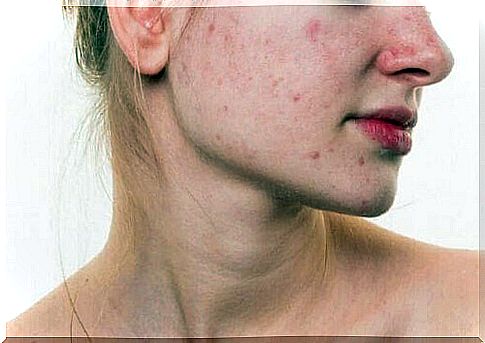
Cystic acne does not always have the same symptoms. Those who suffer from it can suffer from it to three different degrees :
- Mild : In this form, up to five inflammatory nodules are counted on the affected skin. There may also be cysts five in number. It is an aggressive form, but quite manageable by the doctor. It usually does not require more than topical treatment with creams and general care.
- Moderate : Cystic acne is moderate with more than ten purulent nodular lesions, but less than twenty. It is a form that already requires the use of oral medications. You have a high risk of generating scars in the future.
- Severe : it is the most aggressive form of all, presenting more than twenty lesions all over the body. The nodules are usually swollen most of the time and secrete pus. It hurts a bit under pressure and also spontaneously. It is a variety that responds poorly to treatment and may even require injections of local anti-inflammatory drugs. Sometimes if the pus is in excess, it needs to be drained with surgery.
Treatment of cystic acne
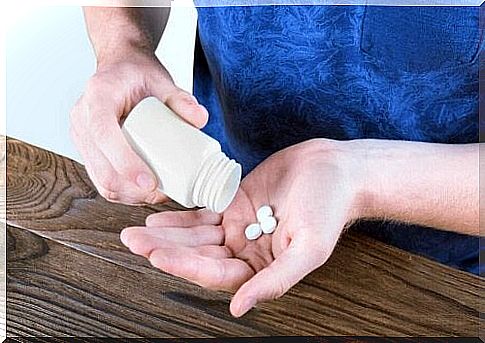
Apart from mild cystic acne, which can be treated with creams, the rest of the clinical forms require oral or injectable medication. This will be determined by a healthcare professional in each case.
- Antibiotics are the first step in treatment. They try to destroy the bacteria that have lodged in the sebaceous glands of the skin. These are treatments that last for months or even up to a year.
- Then the second stage of treatment is spironolactone. This medication is indicated for women with the disease, especially those with polycystic ovary syndrome. Spironolactone reduces the production of testosterone by fat cells.
- Finally, the most effective drug, but limited to specific cases, is isotretinoin. It is consumed orally and when effective it reduces inflammation by freeing the blocked ducts of the sebaceous glands.
So you know that if you are suffering from cystic acne, it is essential to see a doctor or dermatologist. Your degree of affectation will thus be determined, establishing the appropriate treatment. It is also very important that you do not start therapies yourself that may make the disease worse instead of relieving it.
